Repel Flies With Herbs: Information On Fly Repelling Herb Plants
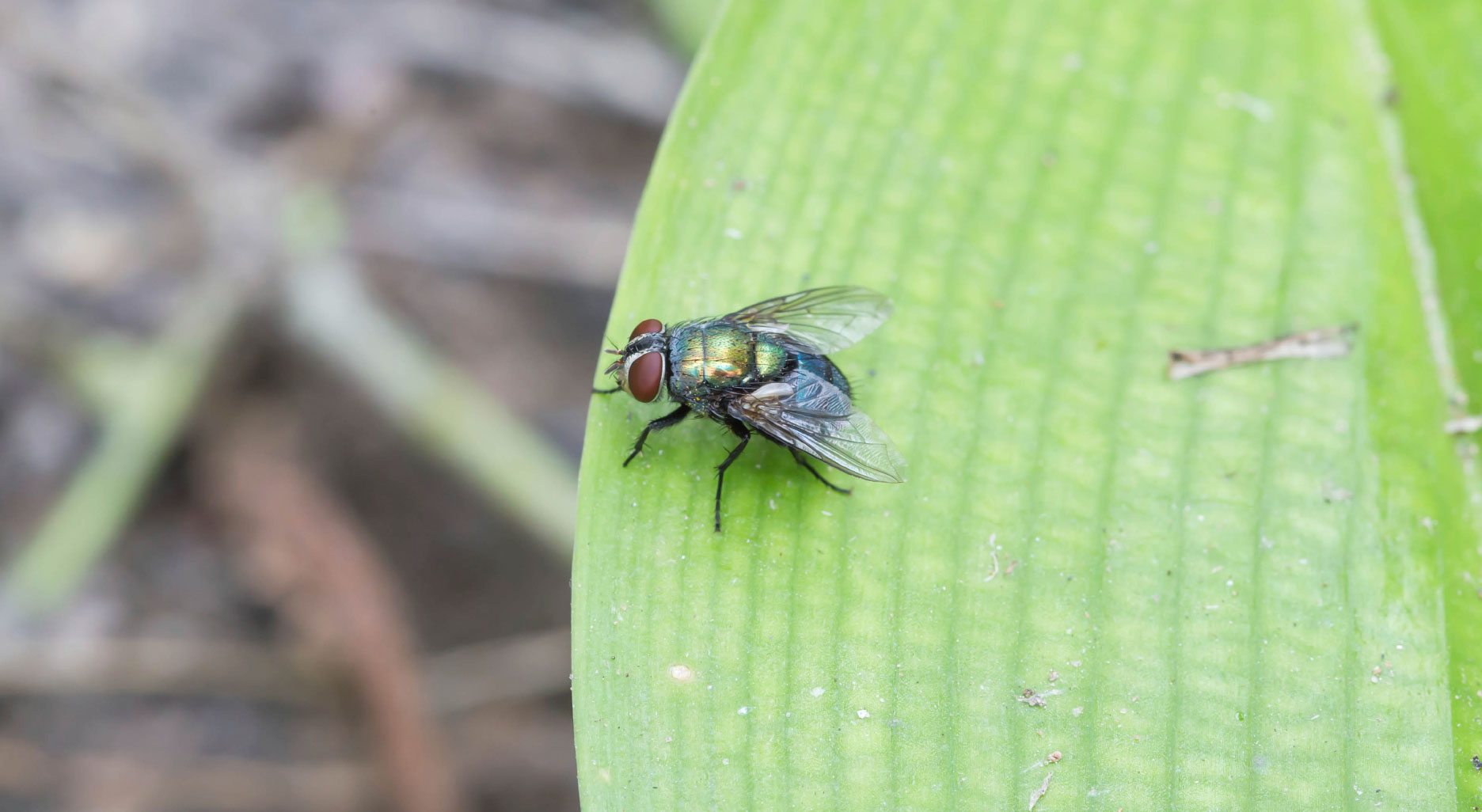
It doesn't really matter where you are located; flies seem to thrive almost anywhere. Truly, I think there is really nothing more annoying -- except maybe mosquitoes. How can you win the battle without papering the house with fly strips or using toxic sprays to eradicate the pests? Believe it or not, there are herbs that repel flies with the additional benefit of looking beautiful and smelling fantastic.
How to Use Fly Repelling Herb Plants
The following fly repellent herbs can be planted just outside the door, in areas such as decks or patios where you tend to sit, or inside on the kitchen window -- basically anywhere that you want to repel flies with herbs. The fly repelling qualities of herbs are heightened when the foliage is bruised or moved about, allowing the essential oils -- the fly bane -- to release. Herbs that repel flies may also be of the dried variety and seem to work just as well. Herbs that repel flies include:
- Basil - Basil is a wonderful fly repelling herb plant with numerous varieties, ease of growth, and a heavenly aroma. Bruising a leaf and then rubbing it on your skin will provide protection from flies and other biting insects. Plant basil in containers or among the garden or border of your picnic area and flies as well as mosquitoes will stay away. Keep the basil plant healthy and bushy by trimming it back. You can use the pruned foliage in pesto, salad, or to flavor oil.
- Lavender - Lavender is another herb that will repel flies (and mosquitoes) and looks gorgeous in border plantings or containers. Grow it in the kitchen garden to deter rabbits from munching on tender plants, such as lettuce and spinach. Lavender can be used in cooking and adds a floral/citrus flavor to the dish. You can also hang lavender fresh or dried in the closet or place it in bureau drawers to repel moths. The benefits of lavender may also be used to repel fleas by crumbling a bit of the herb onto your pet's bedding.
- Rosemary - The strong aroma of rosemary will also repel flies, as will lemon balm. Interestingly, rosemary will also deter cats, so if you want to keep them from using your garden as a litter box, plant some rosemary.
- Mint, Catnip, and Pennyroyal - Mint, catnip, and pennyroyal will all repel flies as well as being repugnant to ants and mice. These herbs work well dried as well, but be aware that pennyroyal can be toxic to pets and children.
- Tansy - Lesser-known tansy herb will repel flies, ants, fleas, moths, and mice. It resembles marigold flowers and has been used to adorn churches since the middle ages. They can become invasive, however, so keep them in bounds.
- Bay leaf - Last on our list of using herbs to repel flies is the bay leaf. Bay leaf is not only useful to flavor stews and soups, repel the previously listed pests, but can also be used to keep weevils from invading dried goods such as flour, barley, cornmeal, oatmeal, quinoa, and rice. Just add a dried bay leaf to the containers of these grains.
Fly repellent herbs such as those above can be used fresh, dried, or made into a salve of their essential oil combined with beeswax and base oil. You can also blend fresh leaves from these herbs with vodka, strain, and then place them in a spray bottle to mist areas, yourself, or pets (also livestock) to repel flies. The method of using herbs to repel flies and other pests and vermin has long been used before we came up with toxic chemicals in a can. Not only do they beautify, but they are environmentally friendly with aroma therapeutic benefit -- and no can to dispose of.
Gardening tips, videos, info and more delivered right to your inbox!
Sign up for the Gardening Know How newsletter today and receive a free copy of our e-book "How to Grow Delicious Tomatoes".

Amy Grant has been gardening for 30 years and writing for 15. A professional chef and caterer, Amy's area of expertise is culinary gardening.
-
 Looking For Plants To Give You The Soft And Fuzzies? Try These 5 Fuzzy Leaf Plant Options
Looking For Plants To Give You The Soft And Fuzzies? Try These 5 Fuzzy Leaf Plant OptionsLovers of texture, drama, silver foliage and tactile plants will adore these special sensory garden additions. These fuzzy leaf plant options will leave you all aglow
By Susan Albert
-
 Get Ready For A Summer Of Hummers! Grow These Full Sun Hummingbird Plants and Flowers
Get Ready For A Summer Of Hummers! Grow These Full Sun Hummingbird Plants and FlowersIf you’re lucky enough to enjoy a sunny backyard, make sure you are maxing out on your pollinator opportunities and grow these full sun hummingbird plants and flowers
By Tonya Barnett
-
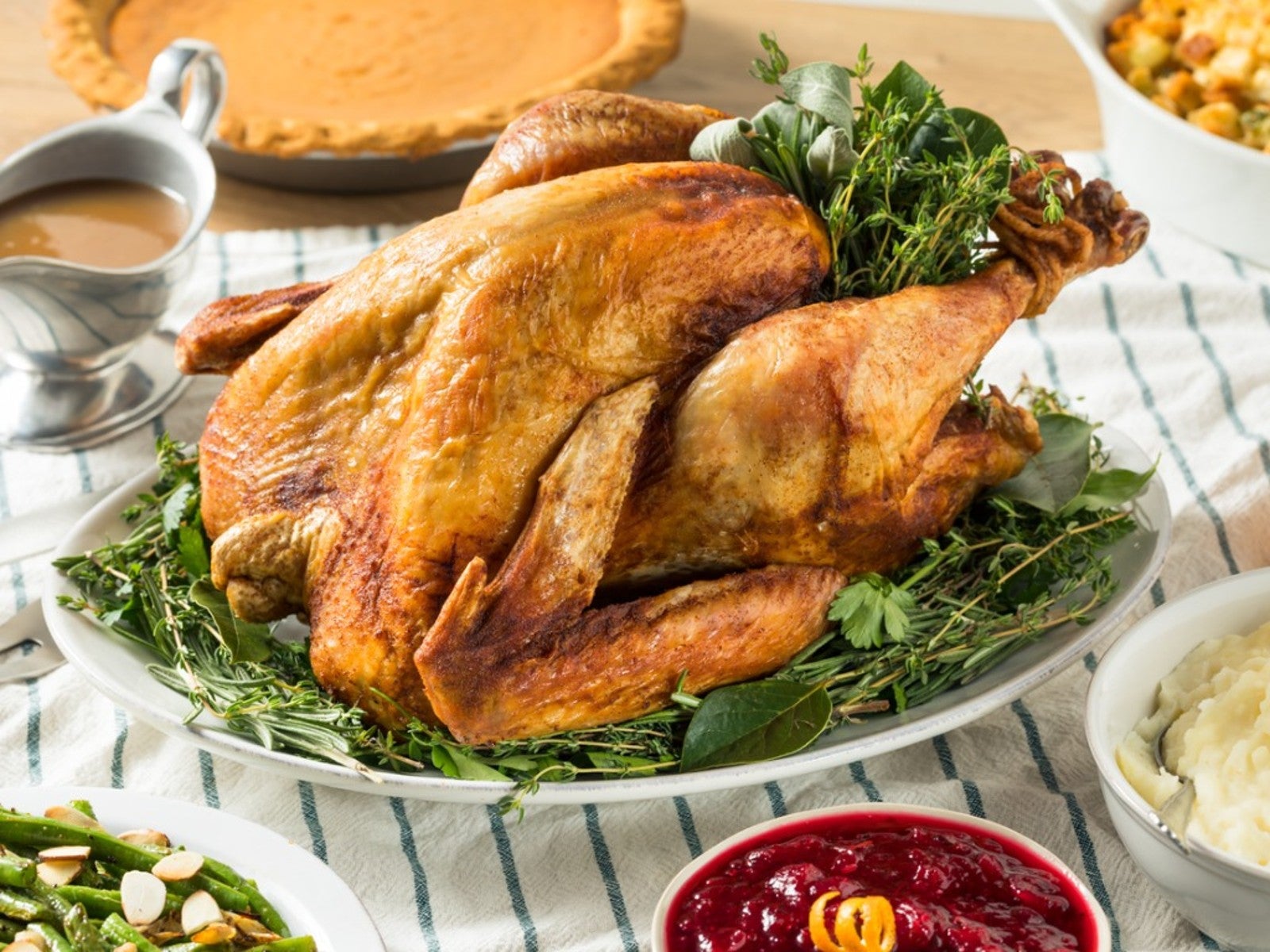 Grow Tasty Herbs For Roast Turkey In Your Garden
Grow Tasty Herbs For Roast Turkey In Your GardenCan you season your turkey with herbs you grow in your own garden? Yes! Click to learn more.
By Amy Grant
-
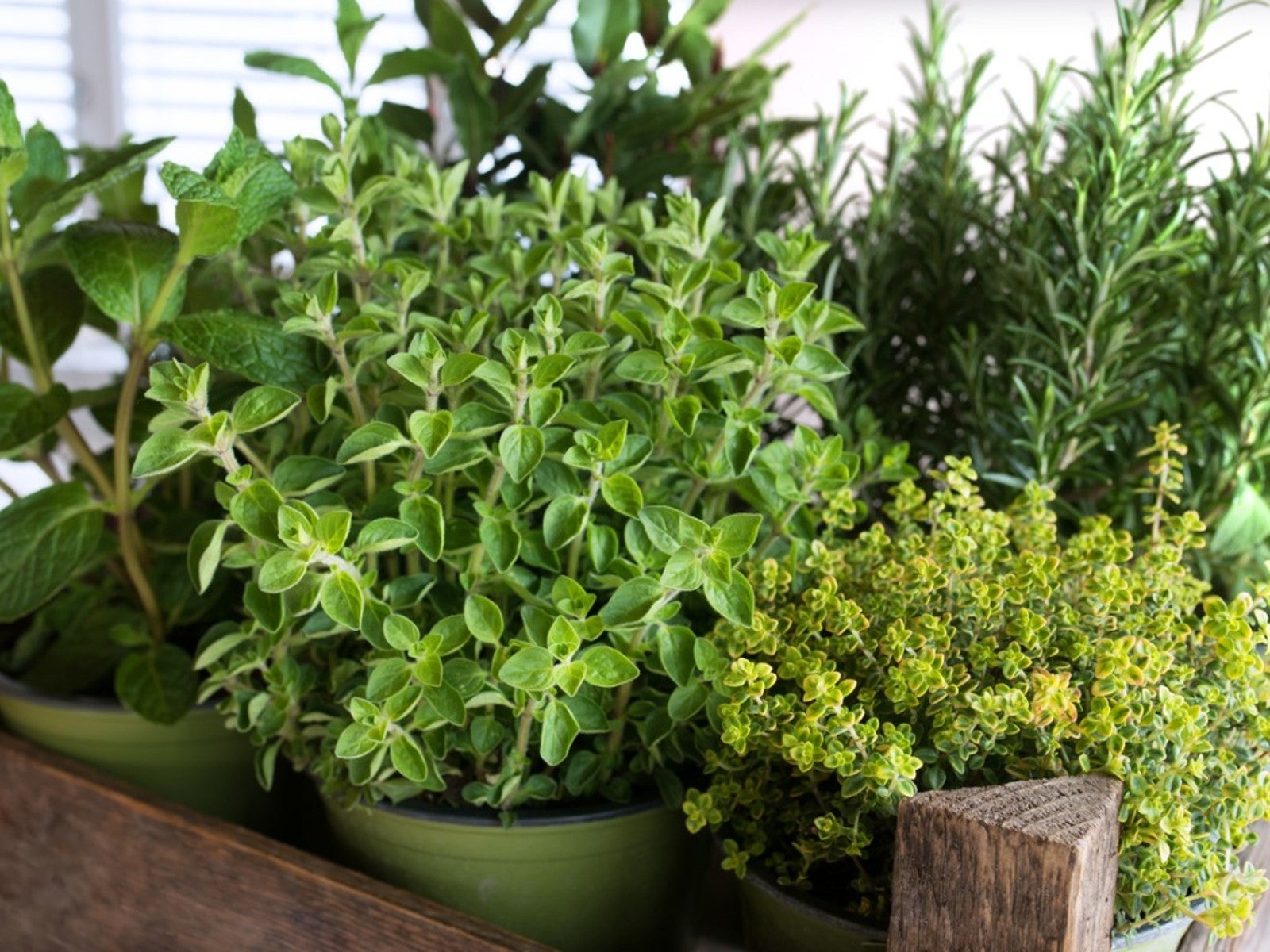 10 Easy Herbs For Beginners
10 Easy Herbs For BeginnersIf you’re new to herb growing, there are some perfect beginner herbs that are low maintenance and easy. Here are our top ten.
By Mary Ellen Ellis
-
 How To Make A Rain Gutter Herb Garden
How To Make A Rain Gutter Herb GardenOne really fun look outside the box is a hanging rain gutter herb garden. A gutter planter is a unique way to house and showcase plants.
By Bonnie L. Grant
-
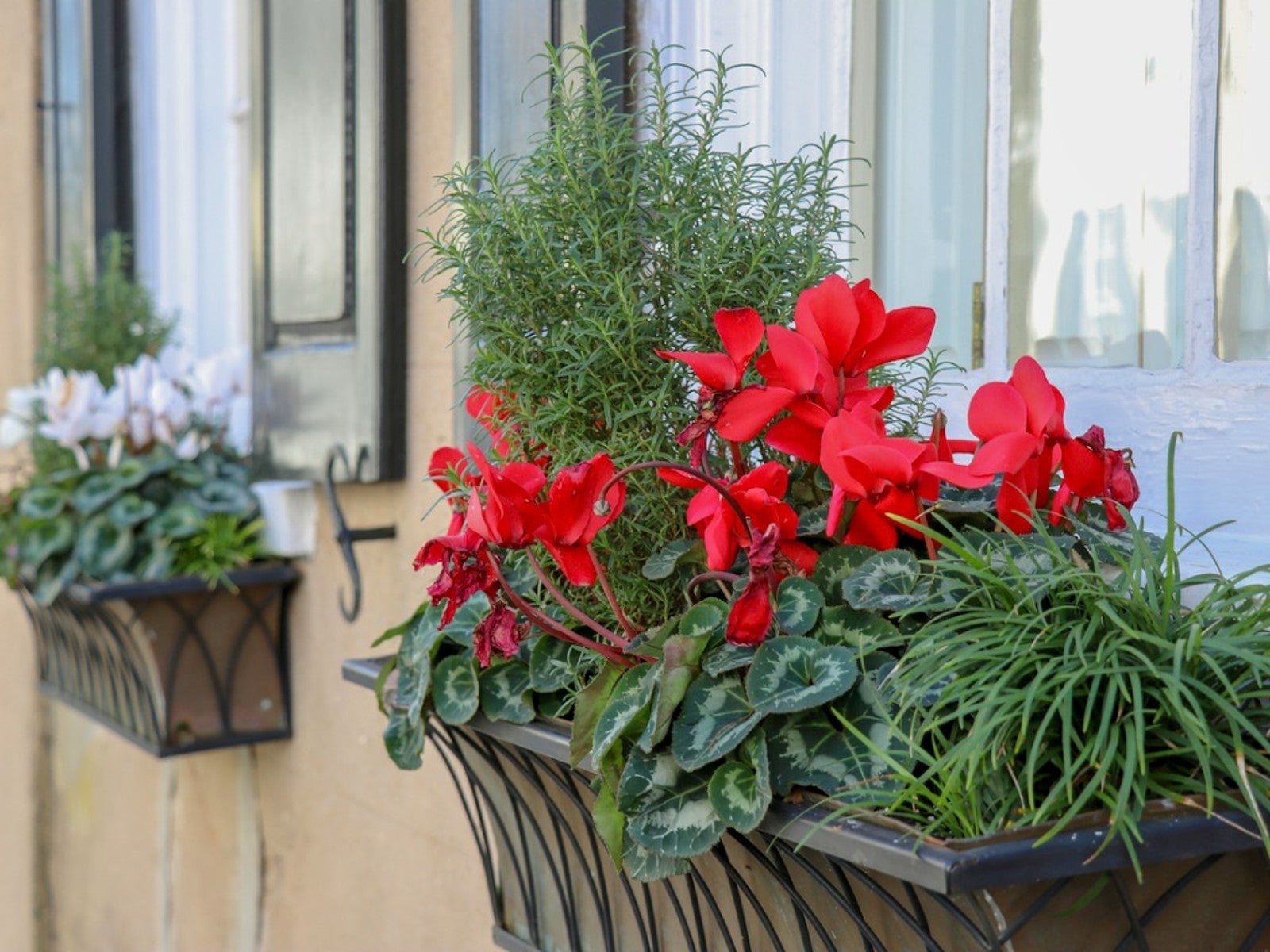 Grow A Beautiful, Edible Herb Window Box
Grow A Beautiful, Edible Herb Window BoxGrowing herbs in window boxes is a space-saving method for producing culinary ingredients for kitchen use. Click for more.
By Laura Miller
-
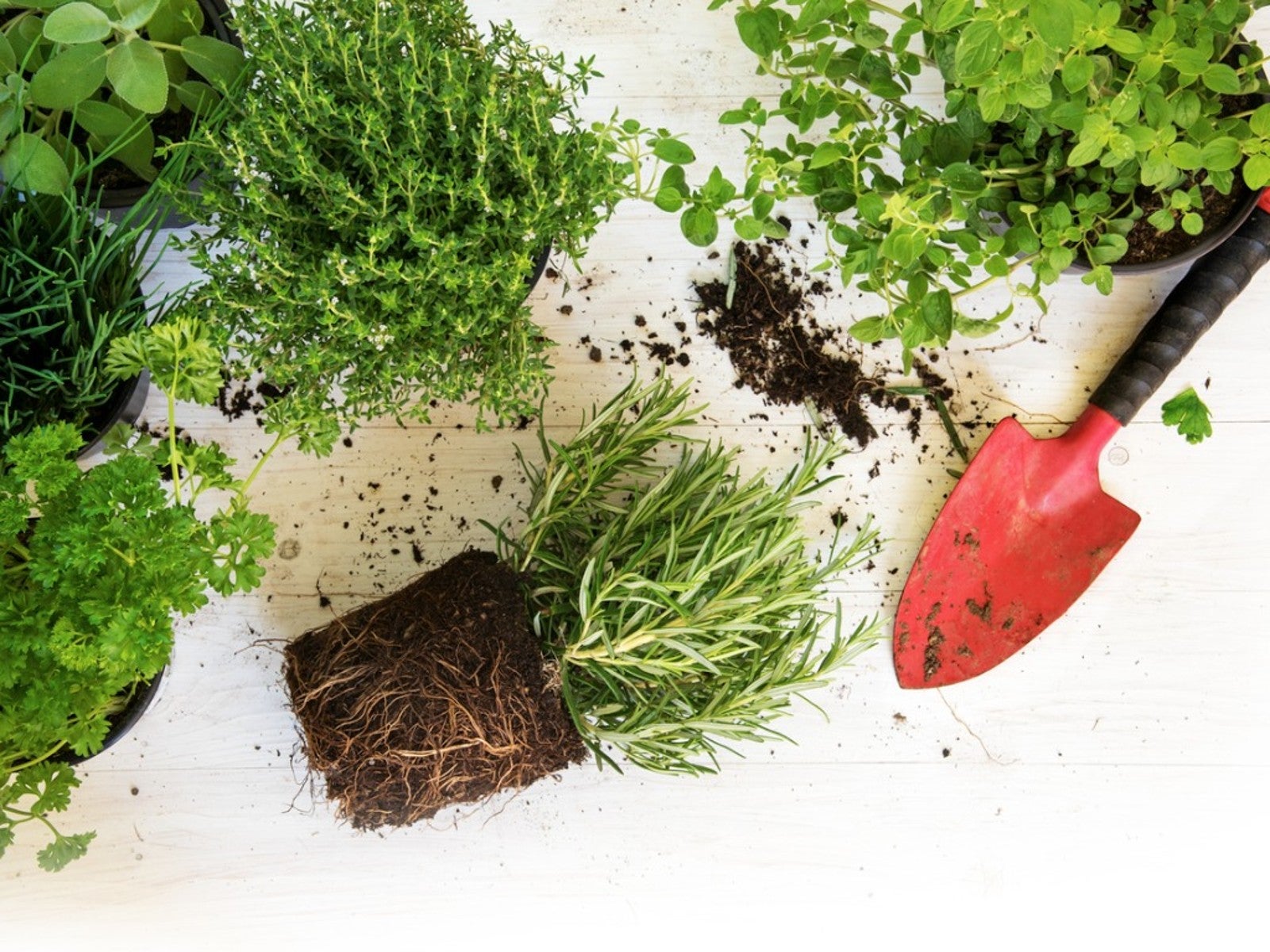 Best Herbs To Direct Sow Vs. Start Indoors
Best Herbs To Direct Sow Vs. Start IndoorsKnowing when to buy herb plants or start them from seeds or cuttings is essential to your success. Read on to learn more.
By Laura Miller
-
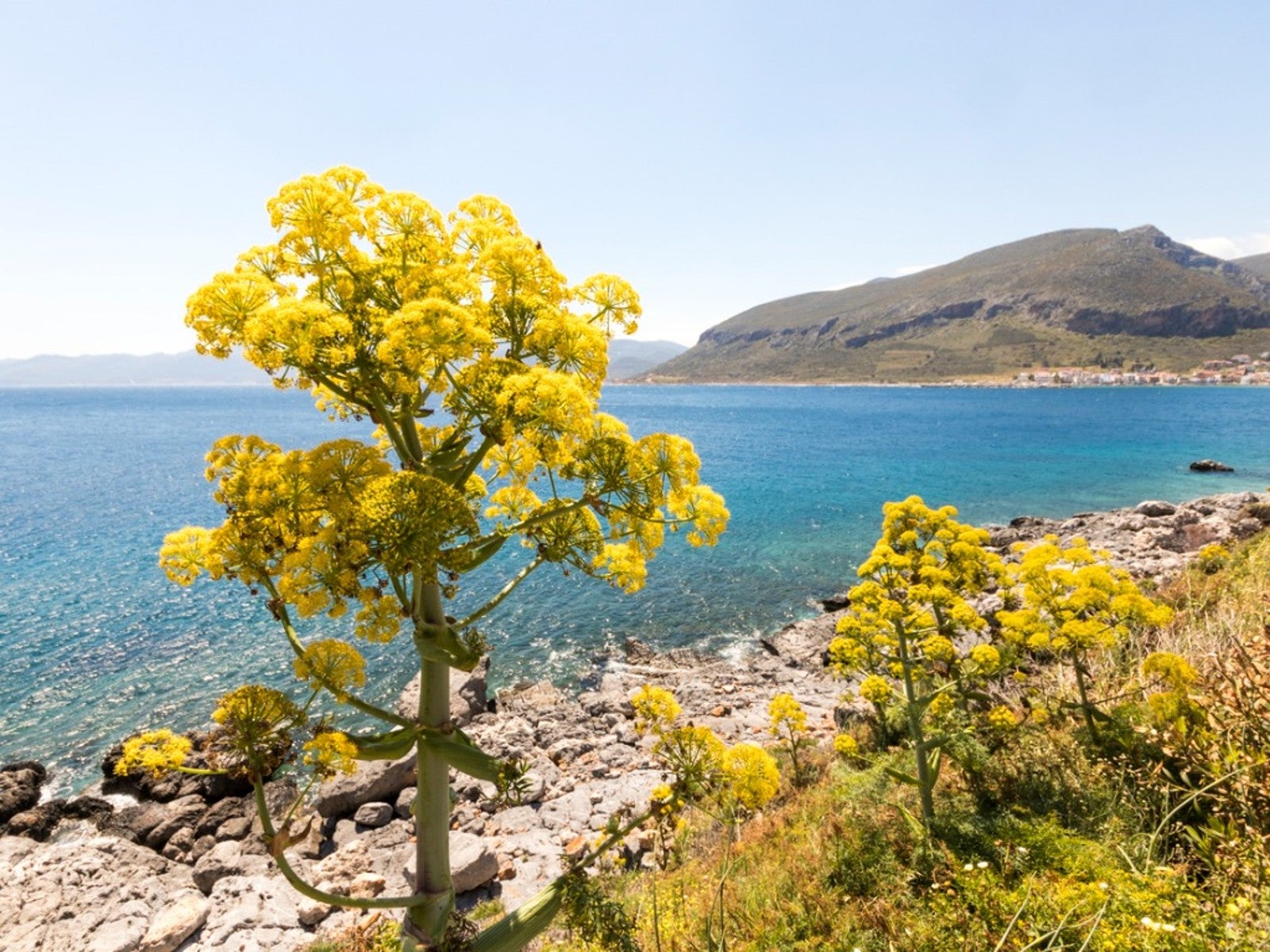 Learn About The Highly Prized Silphium Herb
Learn About The Highly Prized Silphium HerbWhat if there was a perfect plant? In ancient times such a treasure existed. It was the silphium plant.
By Laura Miller
-
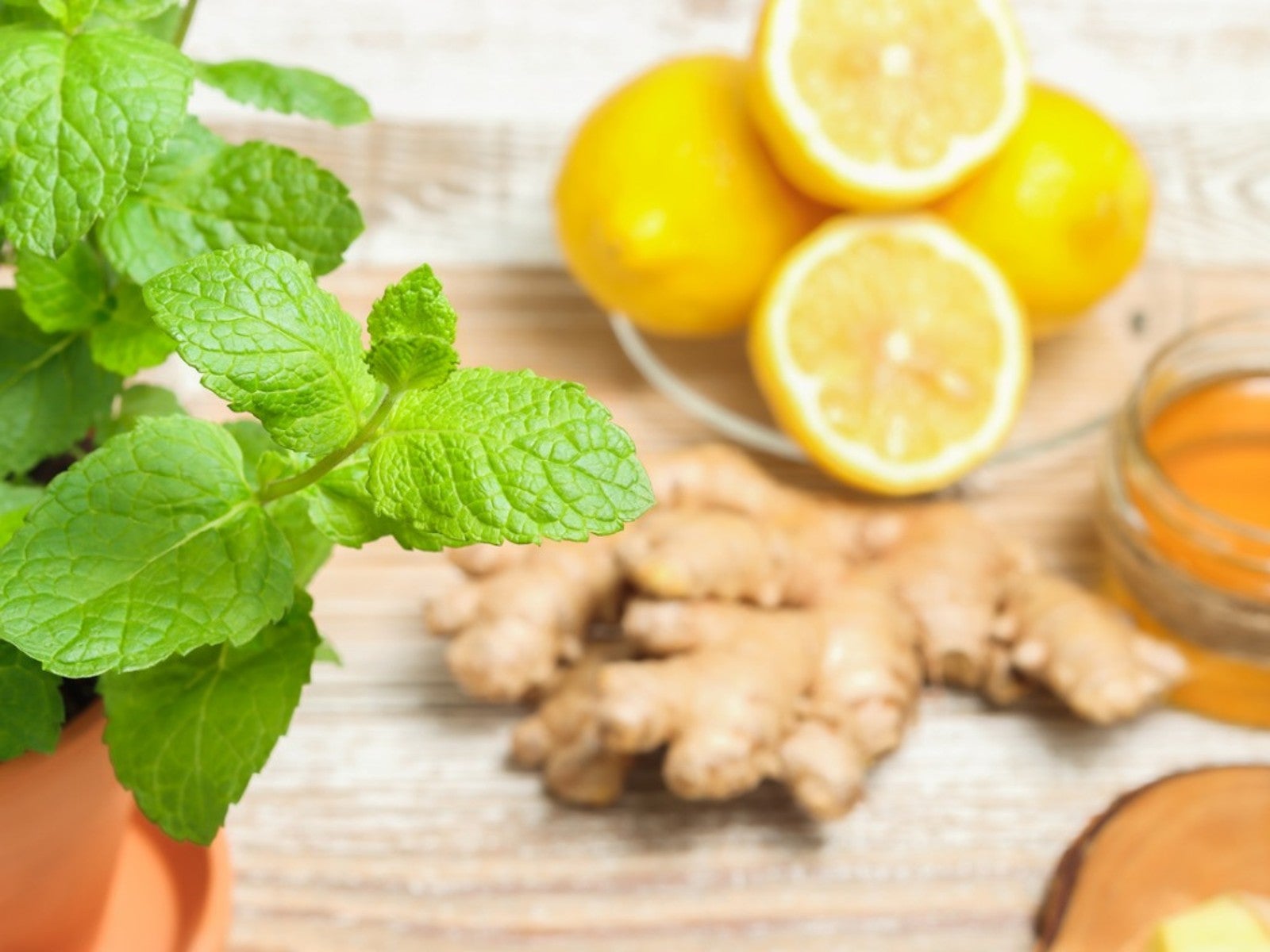 Grow Healing Herbs Indoors: Combat Winter Illness With A Medicinal Garden
Grow Healing Herbs Indoors: Combat Winter Illness With A Medicinal GardenIf you are growing medicinal plants at home, did you know you also can grow an indoor medicinal herb garden? Read on for more.
By Susan Albert
-
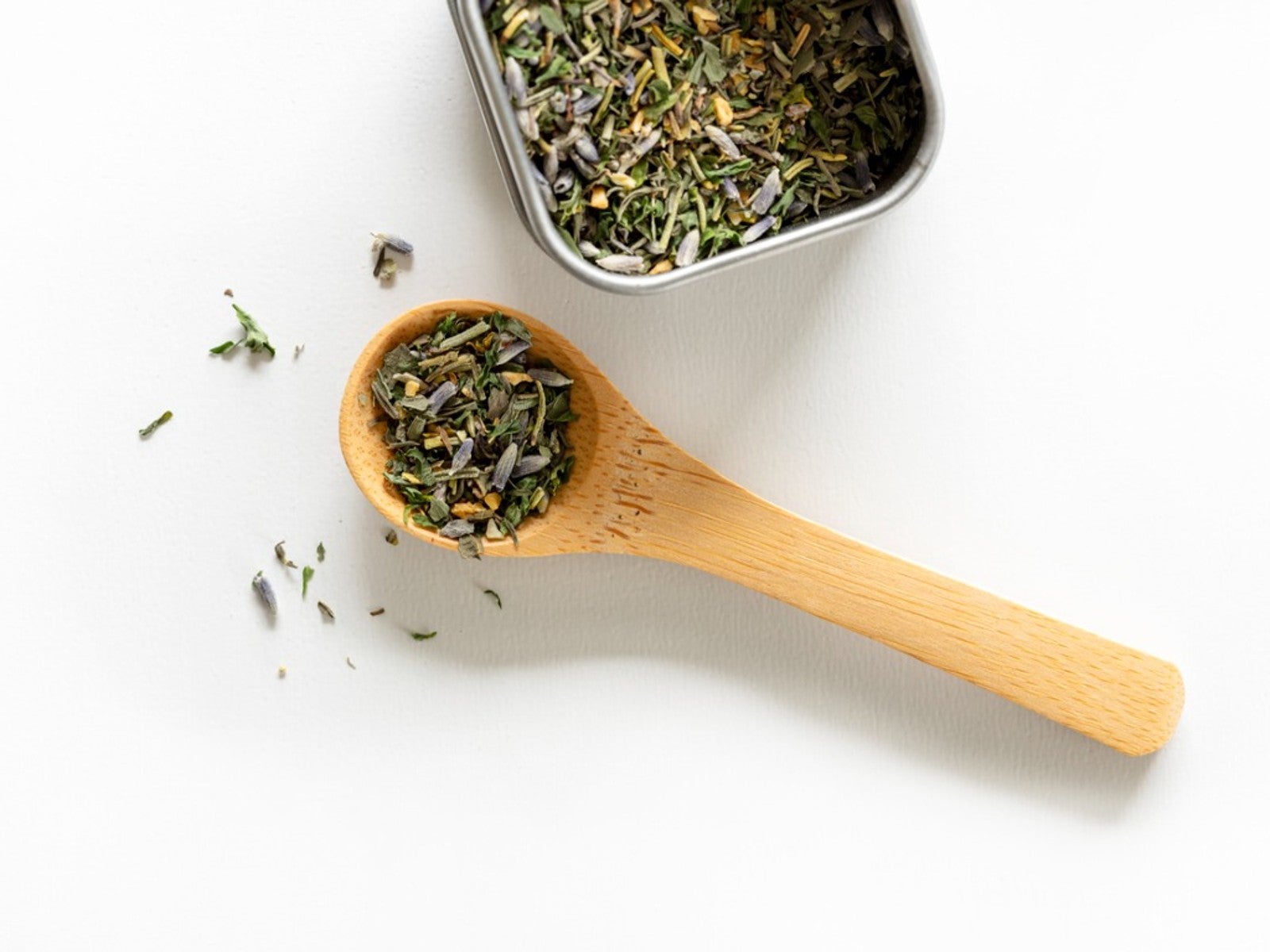 Grow Your Own Herbes De Provence - How To Grow, Dry, And Store Herbs
Grow Your Own Herbes De Provence - How To Grow, Dry, And Store HerbsHomemade gifts can add that special touch to any occasion, such as a jar of herbes de provence. Click here to learn how to grow and make your own for gifting.
By Laura Miller